CIS Benchmark Audit
Overview
A CIS Benchmark Audit achieves several important objectives related to cybersecurity and the overall security posture of an organization’s systems.
CIS (Center for Internet Security) benchmarks are a set of best practices and guidelines for securing computer systems, networks, and cloud providers. A CIS Benchmark Audit has over 100 secure configurations across the following categories:
Cloud providers (e.g., AWS, GCP, Azure, Oracle, Microsoft Office 365, Google Workspace)
Operations systems (e.g., Windows, Unix)
Server software (e.g., Web servers, Kubernetes, Databases)
Mobile devices (e.g., Apple, Android)
Network devices (e.g., Cisco, Palo Alto, Fortinet, Check Point)
Desktop software (Microsoft Office, Web browsers)
Contact Us
Have confidence that your infrastructure and sensitive information are safe by checking the status of your organization’s security and compliance posture against CIS benchmarks.
A CIS Benchmark Audit is conducted as follows:
1. Preparation and Planning:
Identify the scope and the requirements to get started
2. Benchmark Assessment Compliance:
Review the specific CIS benchmark documents relevant to the audited systems and platforms
Compare the configurations and settings of the assets in the inventory to the recommended benchmarks
Identify any deviations from the benchmarks and document them
3. Vulnerability Identification:
Analyze the deviations from the CIS benchmarks to identify potential vulnerabilities and security weaknesses
Assess the severity and potential impact of each identified vulnerability.
4. Documentation and Reporting:
Create detailed reports that include findings, deviations from CIS benchmarks and the identified vulnerabilities
Provide recommendations and remediation steps for addressing the identified issues.
Include evidence and supporting documentation for each finding
5. Verification and Validation:
After remediation, verify that the identified vulnerabilities have been addressed and configurations have been brought into compliance with CIS benchmarks
Validate that the implemented changes do not introduce new security issues
Certifications






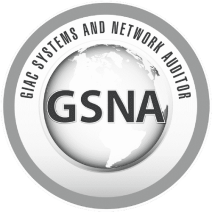

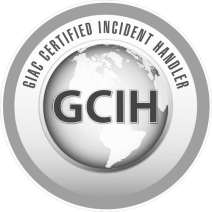
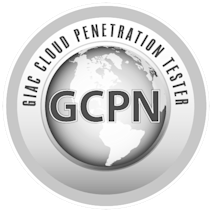



CIS Benchmark Audit Service Highlights
AWS
Identify misconfigured IAM policies, incorrect S3 bucket permissions, and overly permissive security group rules.

Azure
Precisely identify issues like permissive network security group rules, incorrectly configured Azure Storage access, and misconfigured Azure Active Directory policies.

GCP
Determine concerns such as overly permissive firewall rules, improper Google Cloud Storage bucket permissions, and incorrectly configured Identity and Access Management (IAM) roles in GCP.

Microsoft Office 365
Locate issues such as, but not limited to, improperly configured user permissions, lackluster email security settings, and vulnerabilities related to SharePoint and OneDrive configurations.
Google Workspace
Address concerns like improperly configured user access controls, inadequate email security settings within your organization, and vulnerabilities related to both Google Drive and shared documents.
Windows and Imox
Find misconfigured user permissions, lacking system settings that may be putting your organization at risk, and vulnerabilities associated with the OS.

iOS and Android
Pinpoint issues such as insecure app permissions, insufficient data encryption, and vulnerabilities related to mobile application configurations.

Kubernetes
Offer remediation opportunities for misconfigured pod security policies, deficient network segmentation, and vulnerabilities associated with Kubernetes cluster configurations.
Why conduct a CIS Benchmark Audit?
Identify gaps in configurations where convenience over security exists
Enact proactive measures for robust protection
Ensure that findings are determined by risk ratings instead of a pass or fail
Favor high-risk issues over medium and low-risk ones for attention and action
Payment Card Industry Data Security Standard (PCI DSS) Requirement 2
FISMA (S. National Checklist Program Repository)
Department of Defense Cloud Computing Security Requirements Guide
What People Say About Us
During the test the engineer assigned to our case would notify us of any high-priority findings with detailed explanations of the risks right away. They were also quickly responsive to our emails during the test.
- Adam B.
V.P. Engineering
PacketLabs gives the partner peace of mind and reassurance that their cybersecurity needs taken care of. Their team is full of experts who go above and beyond the scope of the engagement.
- Anonymous
Director of IT
The result report was easy to follow and insightful, with recommendations on risk exposure and remediation. We would definitely recommend working with PacketLabs.
- Charlene
Small Business Owner
Our experience with Packetlabs was very positive. They offer excellent service, communicated clearly with us throughout the process, and were very accomodating regarding our timelines. We highly recommend Packetlabs.
- Anonymous
Human Resources
Since engaging Packetlabs, we've been confident in our ability to bid for Pentest engagements no matter the scenario, environment or requirement - they've made the whole process of scoping, quoting, and delivering (on time and on budget) seamless.
- Ian W.
Security Sales Specialist
They shared the results with us in a management report. We discussed all the findings and how we could fix them in meetings, and they also provided us with optional solutions. They did everything remotely.
- Anonymous
IT Infrastructure Manager
The team worked quickly to identify any issues, write up reports, and offer recommendations. Their friendliness set them apart and made them more of a partner than merely a service provider.
- Anonymous
IT Director
Thanks to Packetlabs Ltd.'s excellent cybersecurity efforts, the company was able to resolve its vulnerabilities and establish its secure VPN tunnel. Their responsiveness and diligence were hallmarks of their work.
- Anonymous
Manager
After performing extensive tests, Packetlabs Ltd. produced a thorough report that explained any potential security flaws. Accommodating schedule changes, the team supported effective collaboration.
- Anonymous
Project Manager, ECEBC
Packetlabs Ltd. successfully identified new and preexisting issues, making it easy for the client to resolve them. The team often went above and beyond to explore issues further and provide valuable information for the client.
- Anonymous
Sr Director Technology
From the first phone call to the tech interview and progress updates, they have demonstrated a complete understanding of our needs, are very proactive and responsive, and have clear communication.
- Anonymous
Small Business Owner
Packetlabs Ltd. delivered exactly as requested, meeting the objectives of the project. Not only was the team able to complete the analysis quickly, but they were also open and honest throughout the entire process.
- Anonymous
VP Engineering & Founder
Download Resources

Cloud Penetration Testing Sample Report
Uncover vulnerabilities within your AWS, Azure, and Google cloud environments that can undermine your security posture with a comprehensive Cloud Penetration Test.
Download Sample Report
CIS Benchmarks
Explore the value of CIS benchmarks via the Center for Internet Security's official documentation.
Download ResourceFrequently Asked Questions
What are CIS benchmarks?
How are CIS benchmarks developed?
How often are CIS Windows benchmarks updated?
Featured Posts

April 18 - Blog
9 AI Enabled Cybersecurity Tools in 2025
Discover 5 AI-powered cybersecurity tools that support red teaming, threat detection, and vulnerability discovery efforts.

April 10 - Blog
Tactics for Jailbreaking LLMs
LLM security risks grow with advanced jailbreak techniques like Many-shot, Deceptive Delight, and PAIR. Discover how attackers bypass AI safety measures and how to mitigate these emerging threats.

February 04 - Blog
Blackwood APT Uses AiTM Attacks to Target Software Updates
Blackwood APT uses AiTM attacks that are set to target software updates. Is your organization prepared? Learn more in today's blog.
Industries & Roles We Help

Ready to get started?
There's simply no room for a compromise. We’re here to help. Our team works with yours to ensure you reach your full security potential.

- Toronto | HQ
- 401 Bay Street, Suite 1600
- Toronto, Ontario, Canada
- M5H 2Y4
- San Francisco | HQ
- 580 California Street, 12th floor
- San Francisco, CA, USA
- 94104
© 2024 Packetlabs. All rights reserved.






